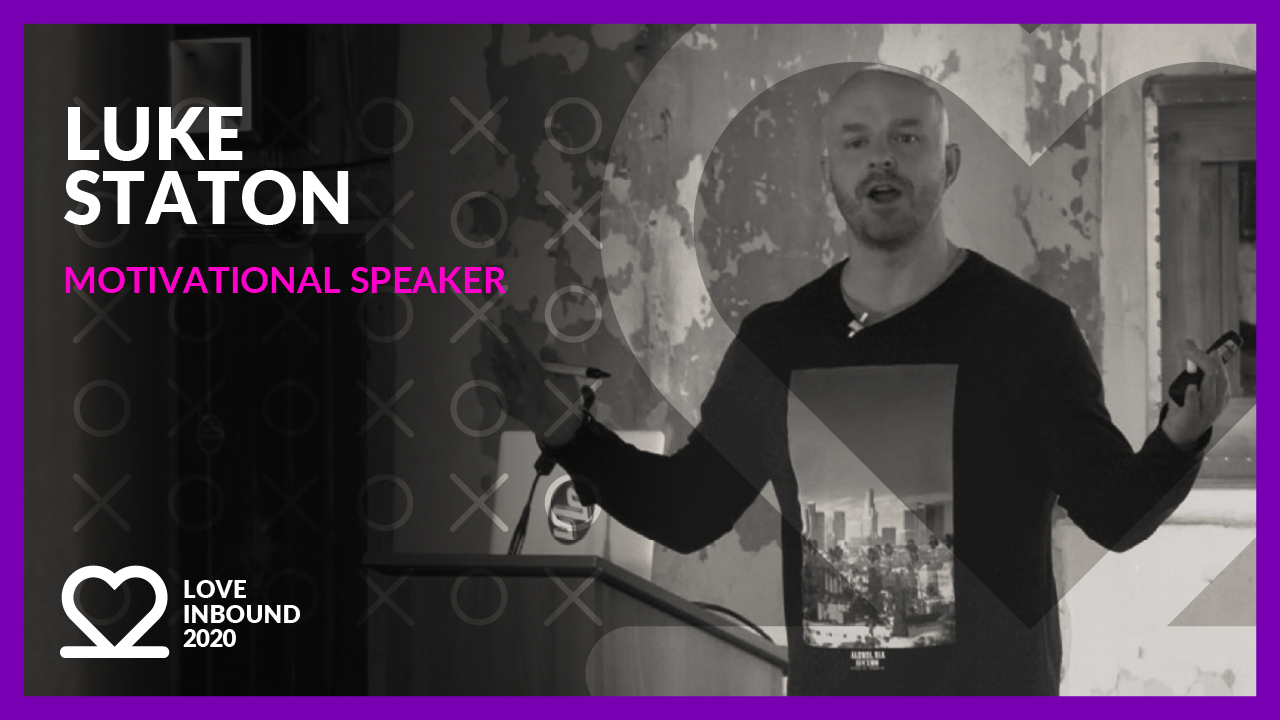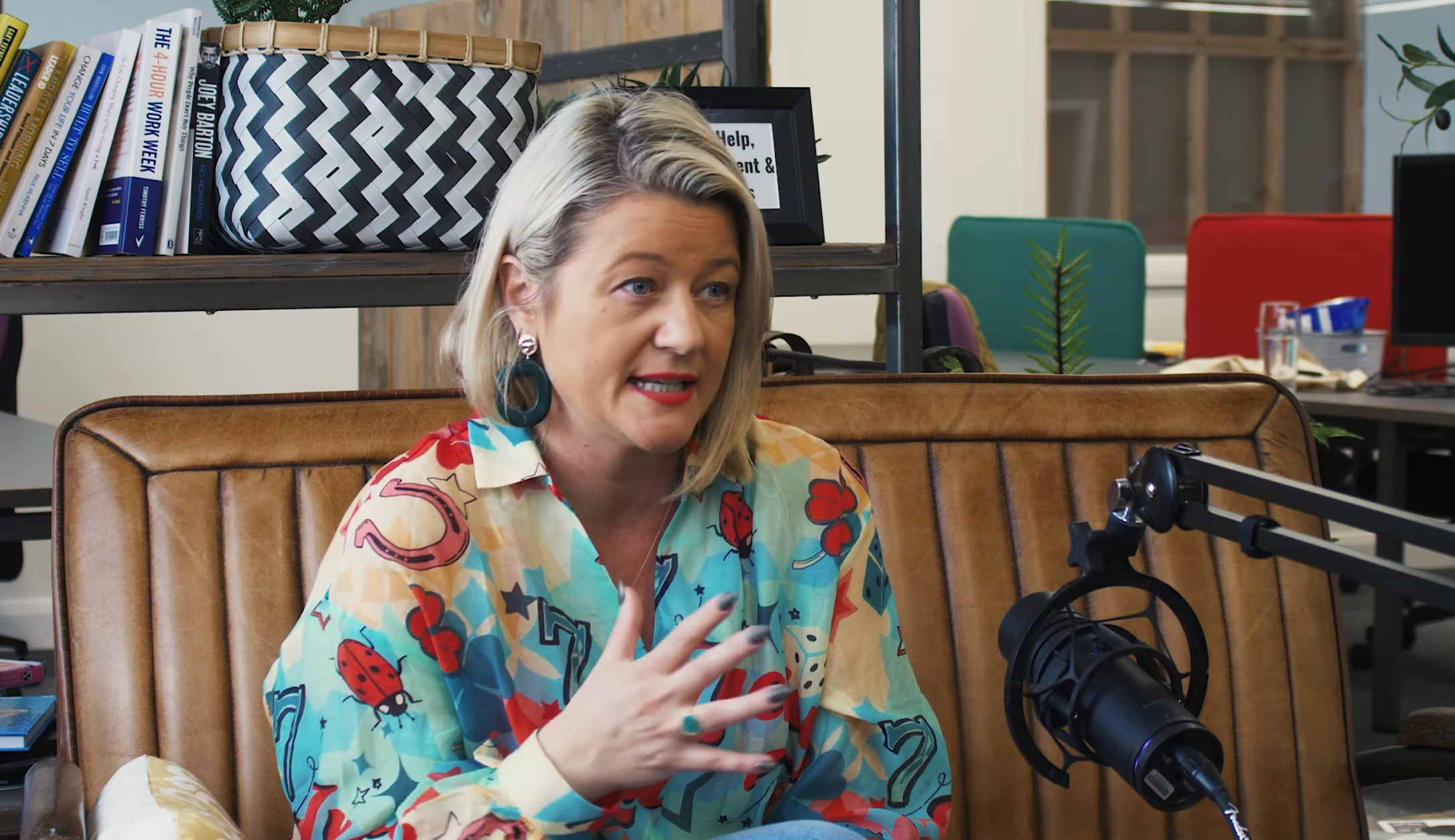Everything can be done as before, though this does not make any sense. Sometimes you need a bit of...
Web design is more than making a website look good, it’s more about how it works! The world of design, development and online marketing is forever evolving, so how can you make sure you are getting the most from your web design? Not everything you read or hear is true - and the same goes for web design myths. We’ve put together the top 5 web design myths and revealed the truth behind them!
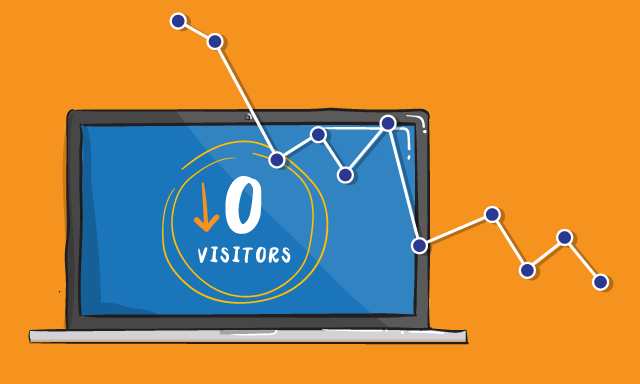
1. People read the whole page
Not true! Visitors are only likely to read word by word if they are really (really really) interested in the content. People normally skim read the pages looking for the piece of information that’s relevant to them. You can:
- Highlight keywords,
- Use short paragraphs,
- Use headings, bullet points/lists
“In a usability study Gerry McGovern discovered that only 1 out of 15 users could locate a specific piece of information that wasn’t easily found on the page.”
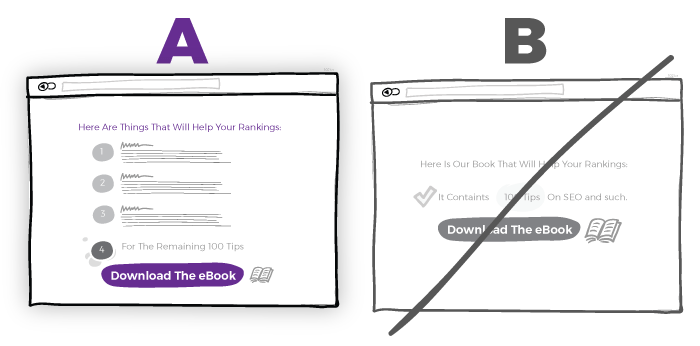
2. Design is about looking pretty
Web design is more than making a website look good, it’s more about how it works. It’s about form and function. Design affects how your site performs and how it achieves goals. Design is also down to the placement of buttons and call to actions which can impact on conversions, getting this right is crucial.
“Design is not just what it looks like and feels like. Design is how it works.” - Steve Jobs
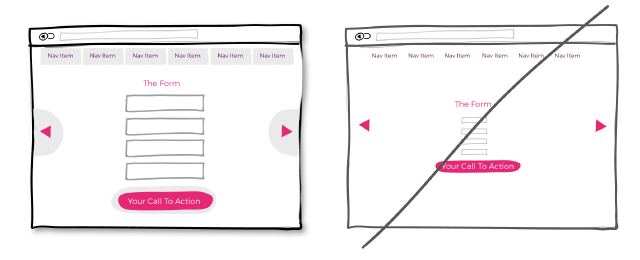
3. The homepage is the most important page
Homepage views are declining, meaning it is no longer the main priority. This is largely down to the fact that the way people search for content has changed. For example, Google is more likely to give you a page within a site in its search results because it is clever enough to search for content matching your search. Websites can have loads of landing pages that act as another door into the site. Therefore, spending too much on the design of your homepage could have a huge detriment to the rest of your website.
Tip: Don’t totally neglect your home page as it is still important and needs to be engaging to maintain interest, take visitors further into your site and hopefully convert.

4. A new website means overnight success
Wrong! If you believe that the hard work is over after the new website is built, you are mistaken. It certainly might look the part, but you need to ensure the content is engaging, you are offering value to your customers and work towards ranking in search engines.
The best way to improve and grow is by constantly evolving and developing. Don’t get a new website designed and live and simply forget about it expecting it to do all of the hard work. Keep adding new content so it’s always up to date and engaging. View it as a magazine, where a copy comes out every month rather than a book gathering dust on a shelf.
Tip: Growth Driven Design will prevent your website becoming stagnant and can keep you ahead of competition.
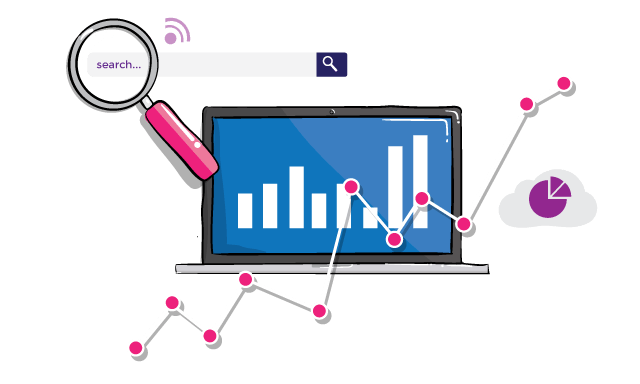
Viewing a website as a magazine, however, offers visitors something new with every visit. If you keep adding fresh, engaging content regularly, your website is always current and helpful to visitors.
5. Using bold, bright colours and stock photos to draw attention
A flashy graphic is not the way to draw attention of your visitors’ eyes to important content, and infact it may be ignored. When visitors are looking for a certain piece of information, they are searching for the relevant link or copy that will take them to the right place. If you have animated, bright graphics people are likely to think they are an ad and skim past.
Now, we aren’t saying your website has to be dull colours throughout, contrast can have a great effect when it’s done right.
Your web page should be designed to draw eyes to the right features, in the right order to give your audience the best user experience.
Tip: As Well as avoiding flashy graphics, try to avoid using stock images that have no relevance to your content as you will lose out on conversions!

Busting these top 5 myths will mean that you can get your website working to its fullest!
Want more marketing tips?
Here is a free guide with over 20 tips on how to improve your digital marketing:

